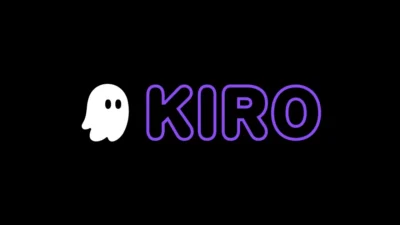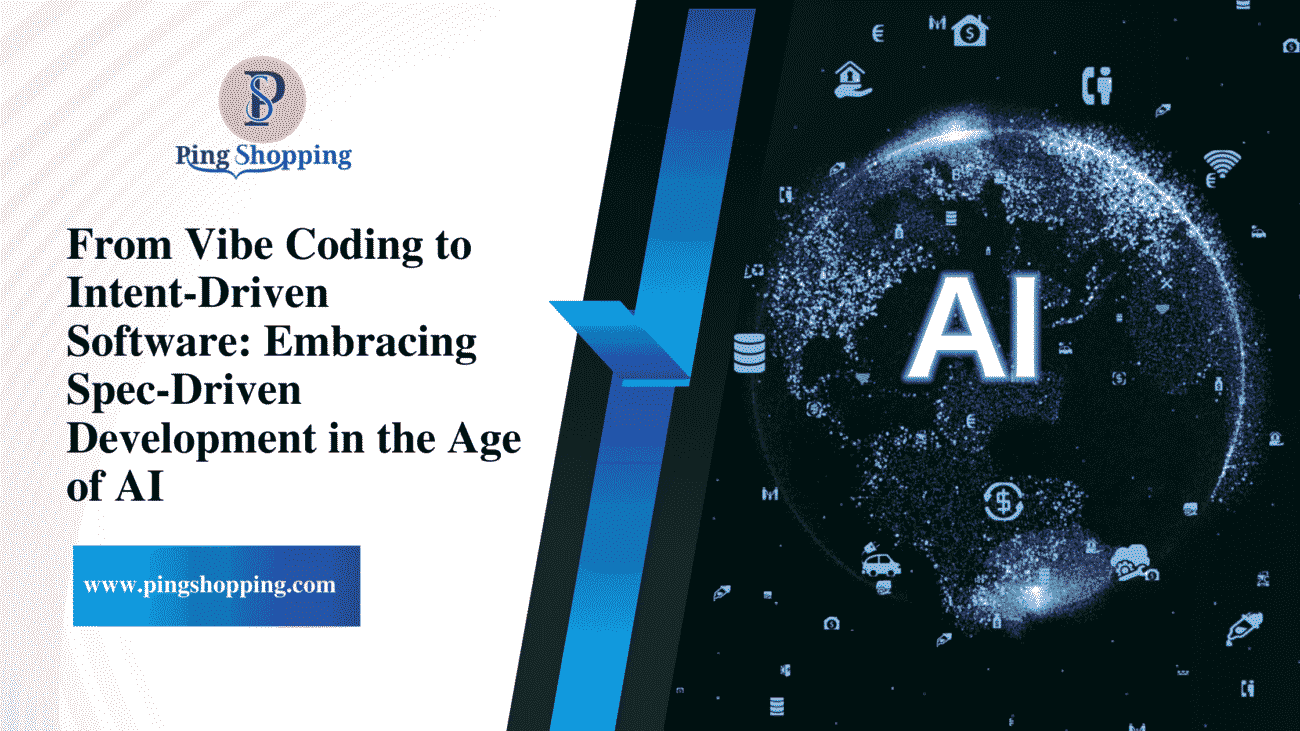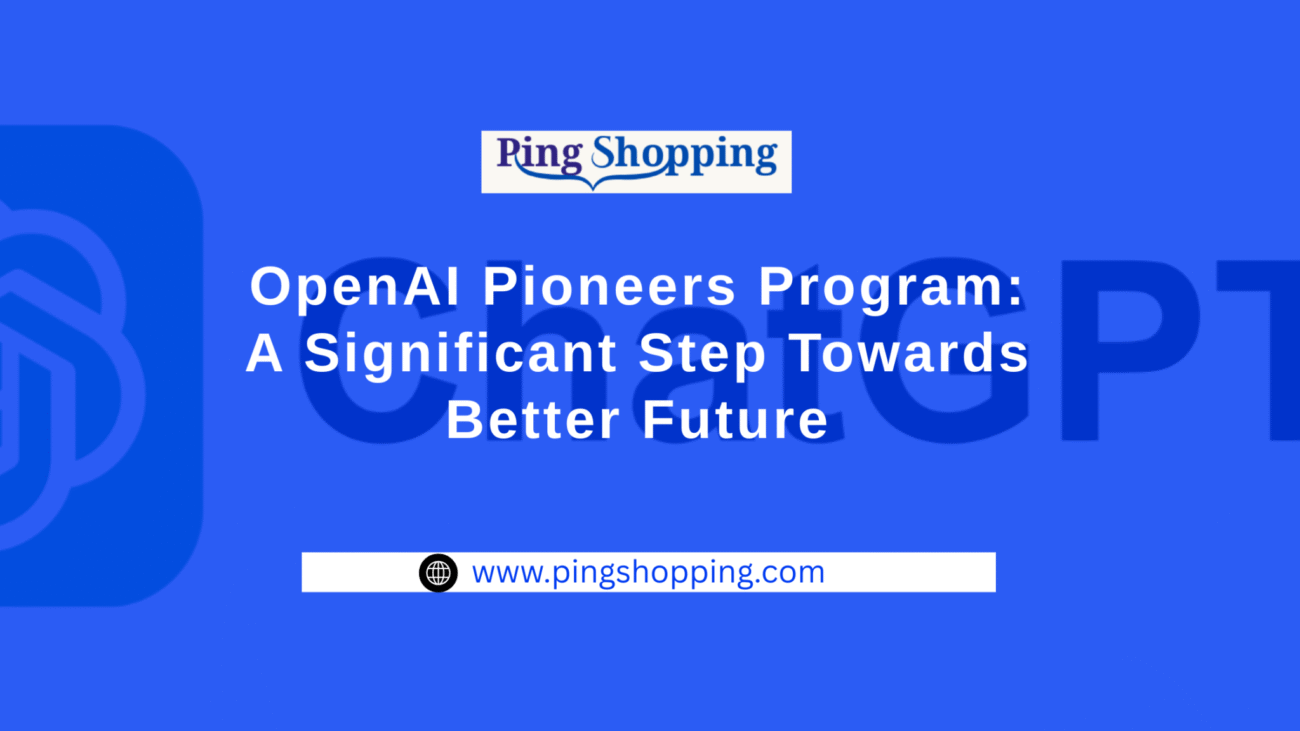You know the drill: you throw a hurried hint at your AI pair programmer, it spits out code that “looks correct,” and—still—it fails. It crashes; it doesn’t capture the intent; the architecture is bad. That vibe-coding process? It’s speedy, okay. But it’s commonly brittle when you really need it to stand up. That’s where Spec-driven development, fueled by Artificial Intelligence, is a game-changer.
Why Spec-Driven Development Matters?
Stop using your coding agent as if it were a search engine and begin using it as a literal-minded partner. Instead of vague commands such as, “Add photo-sharing to the app,” spec-driven development starts with a living specification—one that documents goals, user flows, success criteria, and all the subtlety that normally resides in your head or loose docs. This spec is now the single source of truth for your AI tooling.

When your development cycle is tied to that spec, code becomes much more predictable. You see things more clearly, fewer surprises in the bug department, and—most significantly—the end product actually says what you intended it to say.
Introducing Spec Kit: AI Meets Process
Yesterday—September 2, 2025, to be exact—GitHub announced Spec Kit, a new open-source toolset that aims to introduce spec-based workflows to your AI coding agent of choice, whether that’s GitHub Copilot, Claude Code, or Gemini CLI
- Your spec isn’t a dusty doc file in Spec Kit—your project’s heartbeat. The tool leads you through four stages, each of which is behind a validation hurdle:
- Specify: Write what you’re creating and why—consider your users, their pain, and what success looks like. Your AI takes that prompt and turns it into a living, breathing spec document.
- Plan: Add architecture, tech stack limitations, compliance requirements, legacy integrations—whatever is significant.
- Tasks: The AI splits the plan into tiny, testable, bite-sized tasks. No more giant code dumps.
- Implement: The AI works on the tasks one at a time, while you guide and check. Each code snippet is aligned with a spec-based goal, and you don’t proceed until it’s checked.
This flow turns the blurry “add photo sharing” into a defined sequence of requirements → design → tasks → implementation, all conducted with AI but fueled by your specificity and checks.
Spec Is Your New Source of Truth
Spec Kit turns the script around: the spec isn’t just a piece of paper—it’s code. Every modification begins with a spec update, followed by plan and task regeneration. It’s an iterative, agile, and developing strategy that keeps your architecture tidy and your intention in view.
It performs superbly whether you’re developing greenfield (new code from scratch), adding functionality to a sophisticated codebase (N-to-N+1), or refactoring an aged legacy system. In all three situations, spec-driven practices deliver clarity and alignment throughout stakeholders and systems.
Tools Building on This Yet Beyond Spec Kit
Spec Kit is not the only game in town. AI-native platforms such as AWS’s Kiro IDE also rely deeply on spec-driven workflows. Your request in Kiro is converted into formal spec documents—requirements, design, tasks, and acceptance criteria—before code is written.
Tools constructed around the Model Context Protocol (MCP)—such as LobeHub’s “Spec-Driven MCP Server” or open-source “mcp-server-spec-driven-development”—define templates and pipelines that progress from requirements → design → tasks in an organized pipeline. Even open platforms like Theia AI, a free alternative to VS Code, incorporate MCP-based spec pipelines into an IDE environment
Why It Feels So Human?
Spec-driven development with AI is not about taking humanity out of code—it’s about scaling it. You still get to choose the “why.” You still get to maintain the vision. The AI does the grunt work. And the spec keeps it from going off-road.
Say you request: “Create a modal dialog.” Rather than guessing at ARIA roles and bounce animations, the AI requests: Close on ESC? What accessibility roles? What styling guidelines? That precision results from a spec-first discussion—not random guessing.
A Simple Contrast: Vibe vs. Spec (by Kiro)
Vibe programming: “Personal website with RSS stories.” AI begins laying out a project right away—perhaps gross HTML, perhaps decent JS, but certainly not done.

Spec-driven: Same prompt generates user-story spec, design markdown, and task list. You iterate on it together; you get to view what the AI intends to implement before it produces a line of code.
Humanizing the Workflow
You’re not replaced—you’re lifted up. No second-guessing what code the AI assumed you meant. You’re writing checks—and the AI fills in the code. It’s as though you have the most literal, considerate junior developer you’ve ever coached working for you.
Final Thought
Spec-driven development is more than just a buzzword. it’s how we transform AI from “smarter assistant” to “purpose-directed collaborator.” Your conversation becomes the agreement between you and the code, with Artificial intelligence taking on the steps—but only after it understands the story. With Spec Kit and companion tools, that story becomes actionable, evolving, and actual. So the next time your code does not feel right, ask yourself: Did you begin with a spec? If not, give it a try. You may find a more human method of building with AI—with intention, clarity, and fewer surprise bugs.





